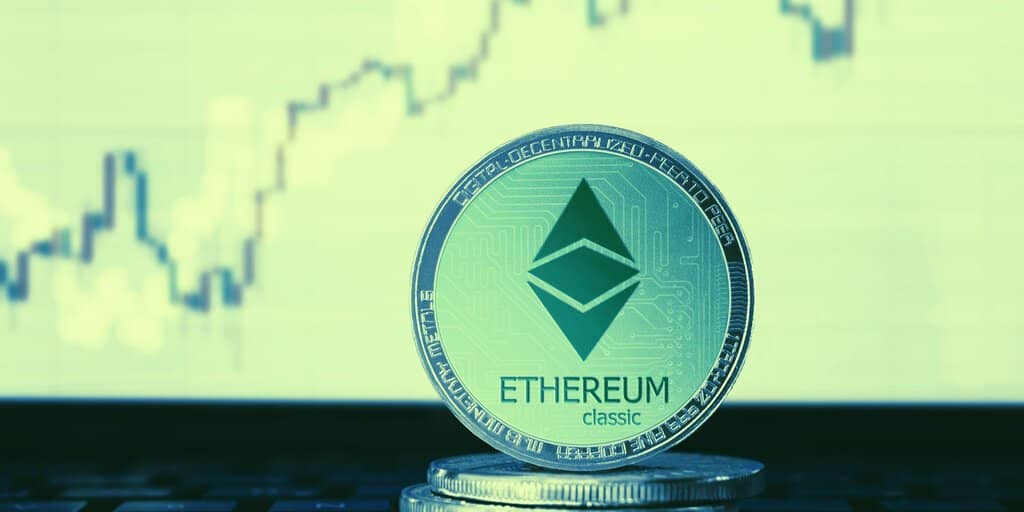- Home
- Publications
- IT
- Ethereum’s big merge: Four trends to watch
08:06
10 °C
EUR/USD
1,08
GBP/USD
1,28
Ons
$1876,74
Ethereum’s big merge: Four trends to watch
Beyond increasing the blockchain’s efficiency and reducing its environmental impact, the upcoming Merge of Ethereum – expected to kick off on September 19 – will likely have a complex and profound influence on the crypto market.
First, let’s take a look at what the transition involves. The current Ethereum Mainnet will complete the transition from proof-of-work (PoW) to proof-of-stake (PoS) by merging with the Beacon Chain, while preserving contract execution functions and full historical data with the current user state. The Merge is not merely a response to the call for lower global carbon emissions, but also a critical step to lay the foundation for future technological upgrades.
Huobi Global gives an overview of four trends we expect to see following the Merge, to help readers better understand the market trends of Ether (ETH) and related assets.

ETH deflation likely
Currently, newly created ETH (the main token of the Ethereum network) are mostly from PoW rewards, accounting for nearly 90% of the total volume. This portion will disappear after the Merge, leading to a sharp fall in the new production of ETH in what the community calls “triple halving”.
However, the amount of ETH destroyed is closely related to on-chain activity: if future activity does not significantly deviate from the previous year’s, the destroyed amount will remain the same. With production of ETH below the amount destroyed, this may lead ETH into deflation.
Increase in ETH staking
The post-Merge Ethereum network will impose Tips in gas fees for transactions – incremental income designed to boost earnings – which did not exist on the original Beacon Chain. This will draw more new investors to participate in staking, taking ETH out of circulation which will drive the price up.
The actual decrease in the number of ETH in circulation may be amplified by the headroom for staking on ETH (which is considerable above that of other Layer 1 chains), as well as future ETH interest rates which could draw more ETH into staking. Compared with deflation, the increase in staking is expected to have a stronger effect in raising the ETH price.
Short-term demand for ETH after forking
Ethereum Classic (ETC) is a separate blockchain which resulted from a hard fork – a major technical upgrade – of the Ethereum network in 2016. Might the Merge result in another fork, as miners displaced by the switch to PoS look for a way out?
If there is enough support from participants in the ecosystem, a forked chain could see the hashrate of ETH divided to mitigate the loss of miners. However, the token price must be commensurate with the level of hashrate received by the forked chain for the latter to be sustainable. Some investors may buy ETH just to be eligible to receive the forked tokens, but this demand is likely to be short-lived as it will dissipate once the forked tokens are issued.
Boost to ETC prices
With the migration to PoS following the Merge, PoW miners may switch to ETC, which is one of the blockchains are that minable by graphics card. This will strengthen ETC’s network security and increase confidence in the ecosystem. ETC’s price could even rise if the increase in hashrate is accompanied by a commensurate jump in its development level.
However, ETC’s current hashrate is miniscule at just 3% of ETH’s. This implies that a migration of just 3% of ETH’s hashrate would lead ETC’s hashrate to double, which would halve ETC miners’ earnings. The ETC price must increase to offset this reduction in earnings, which poses a dilemma: higher prices are contingent on increased security to get sufficient support from the ecosystem, yet a high level of security is only possible with sufficient hashrate which in turn relies on miners who come in only when token prices are high enough.
We do not have to wait to find out which will take place first, as the market has kickstarted this cycle. ETC’s price has increased, leading to an interim upward spiral of its hashrate. However, whether this can be sustained depends on how well the ecosystem’s development and innovation can keep up with the growth in price.
More details can be found in the Huobi Research Institute report, Will there be a Surge after the Merge?





























